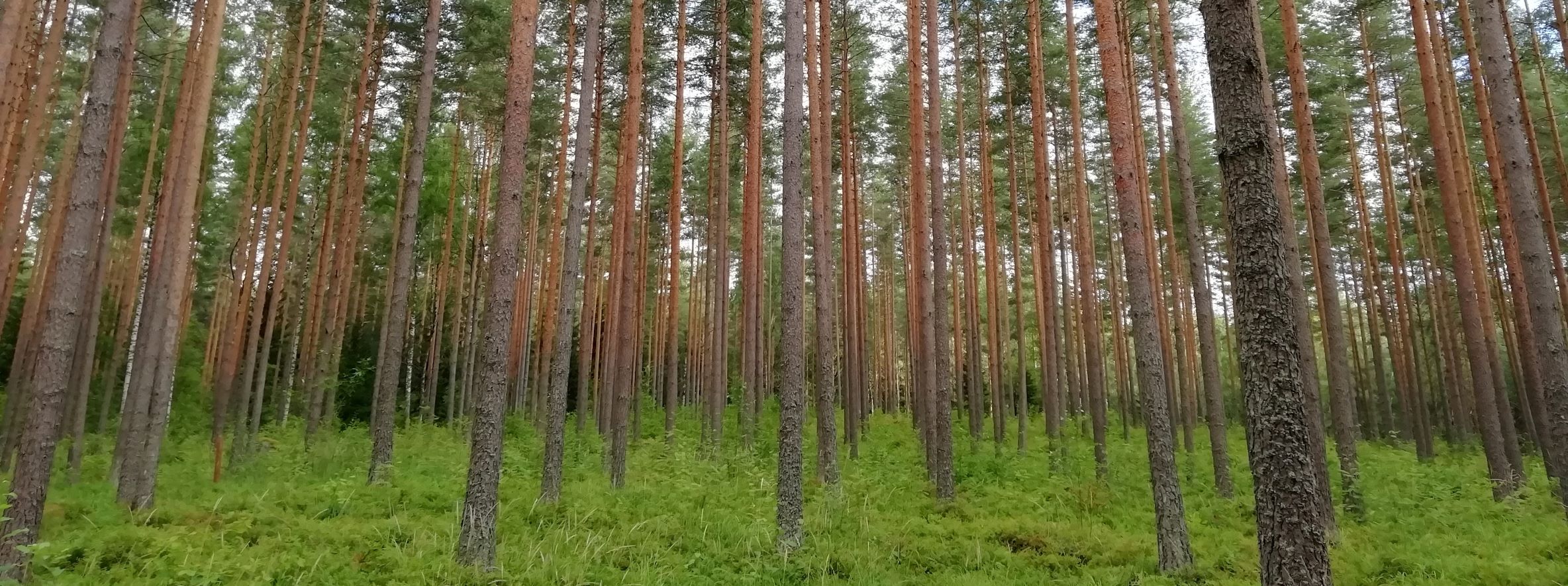
LEARNING OUTCOMES
After this course students:
- are able to describe the role of forests in the carbon cycle and the potential of wood products as carbon storage
- are able to differentiate the main forest operation methods and material flows in the forest bioeconomy
- are able to list the common work phases of life-cycle analysis
- know how to calculate carbon handprint in the case of wood
- know the basic macro-level structure of wood and are able to describe the basics of wood grain orientation
- are able to describe how moisture influences wood dimensional changes and strength and are able to explain these phenomena based on cell-level interaction
- know the influence of grain angle, knots and other natural features of wood on its movement, appearance, and mechanical properties
- are able to describe the most common wood products and their typical applications
Credits: 5
Schedule: 05.09.2022 - 21.10.2022
Teacher in charge (valid for whole curriculum period):
Teacher in charge (applies in this implementation): Kristiina Lillqvist
Contact information for the course (applies in this implementation):
CEFR level (valid for whole curriculum period):
Language of instruction and studies (applies in this implementation):
Teaching language: English. Languages of study attainment: English
CONTENT, ASSESSMENT AND WORKLOAD
Content
valid for whole curriculum period:
Students on this course will learn about global carbon sources and sinks and the role of forests in the carbon cycle. This course introduces students to the different uses of forests and the raw material flows in the bioeconomy, as well as the potential of wood products in carbon storage. The general rules of life-cycle analysis are introduced, including selected work phases, such as calculating carbon handprint in the case of wood. Students are introduced to the basic principles of sustainable forestry and circular bioeconomy, with wood as an example. The basic structure of wood is presented with links to its properties such as appearance, dimensional stability, and strength. Students will learn about the mechanical properties of wood as well its dimensional stability and moisture interaction at the cell-level. Students will become familiar with the most common long-lived wood products that are used in various applications in the built environment.
Assessment Methods and Criteria
valid for whole curriculum period:
Evaluation criteria is based on examination.
Workload
valid for whole curriculum period:
The course is mainly based on independent study in the online platform.
DETAILS
Substitutes for Courses
valid for whole curriculum period:
Prerequisites
valid for whole curriculum period:
SDG: Sustainable Development Goals
9 Industry, Innovation and Infrastructure
12 Responsible Production and Consumption
13 Climate Action
15 Life on Land
FURTHER INFORMATION
Further Information
valid for whole curriculum period:
Teaching Language : English
Teaching Period : 2022-2023 Autumn I
2022-2023 Spring V
2023-2024 Autumn I
2023-2024 Spring VEnrollment :
The course is available for all students.
A course implementation may be cancelled if the number of students enrolled to the course implementation does not meet the required minimum of five students. In the case of cancelled course implementations, the students enrolled to them must be provided with an alternative way of completing the course or be advised to take some other applicable course.
